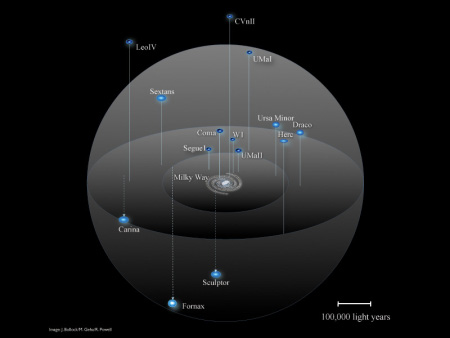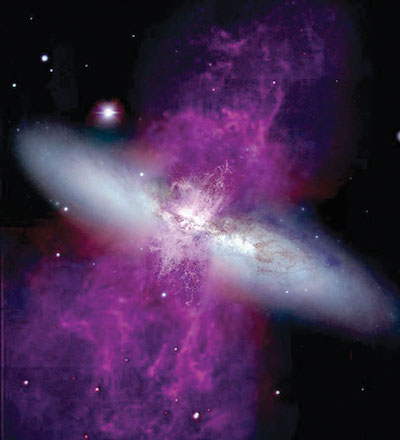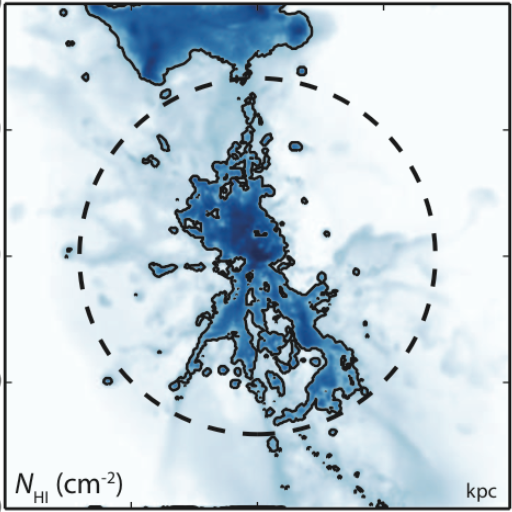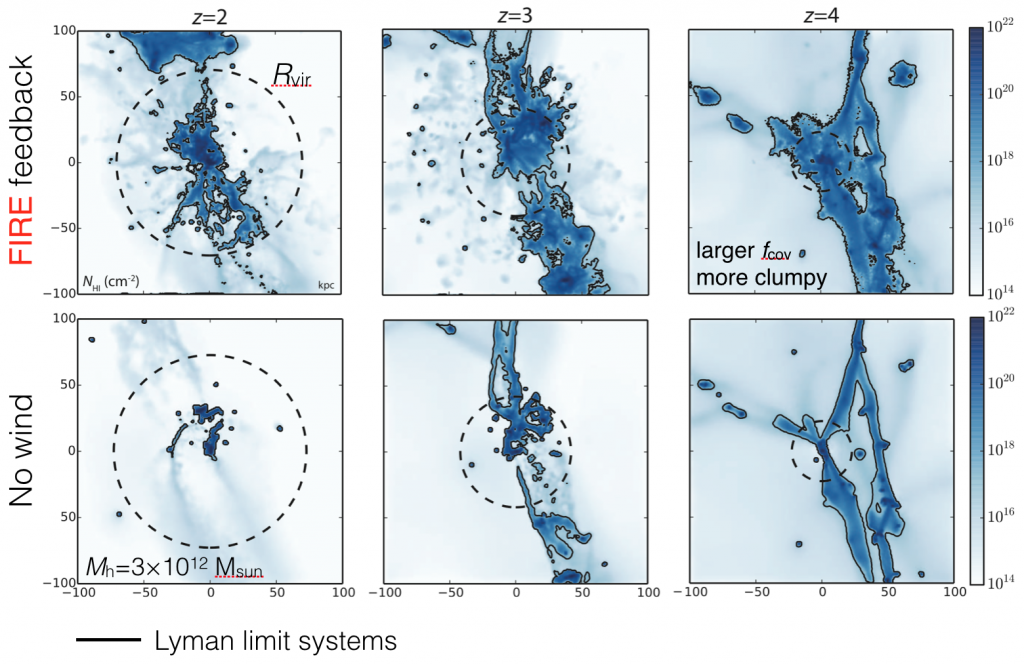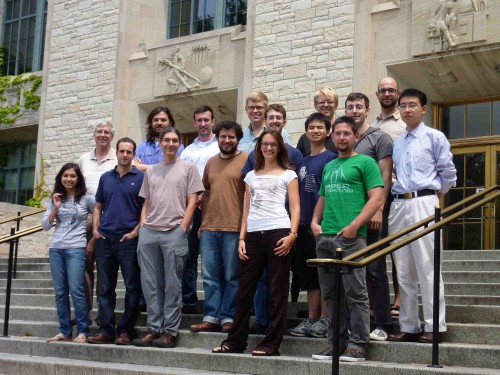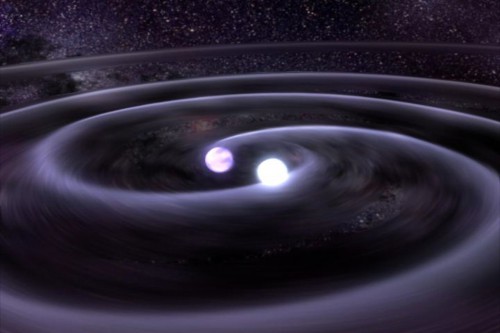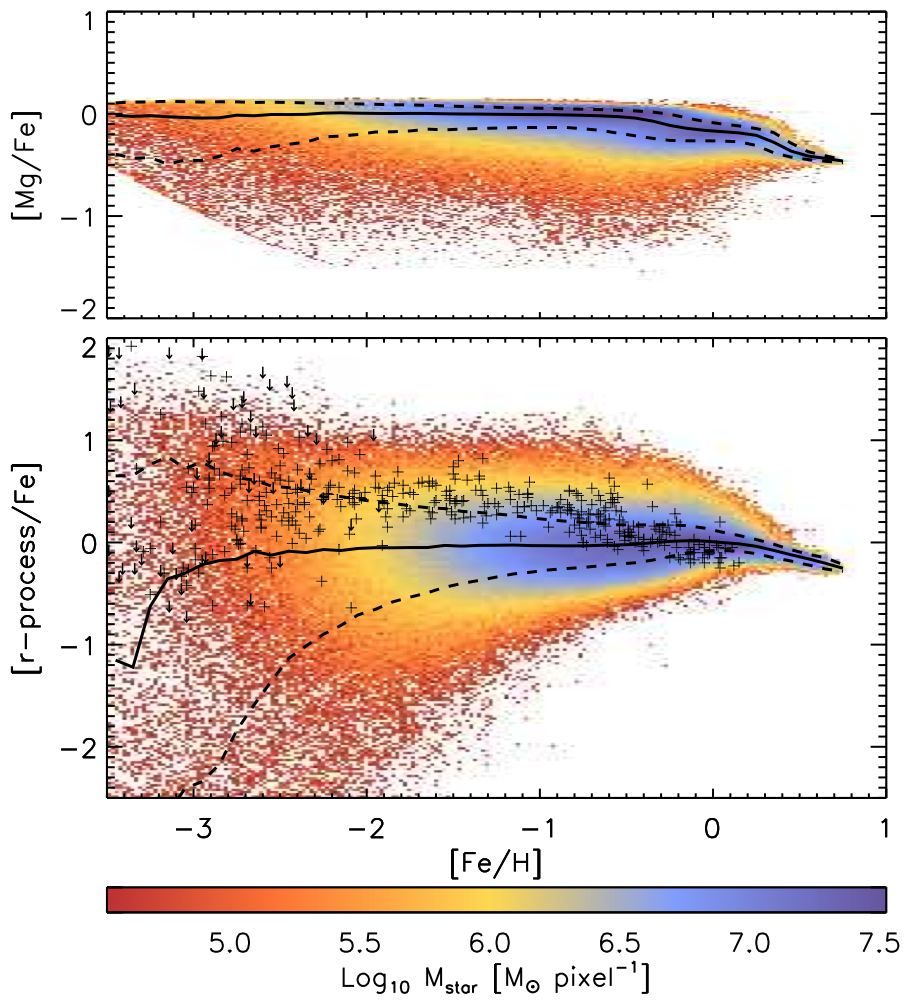New Papers from FIRE

The past several months have been highly productive for the FIRE project, with a large number of new papers submitted on a variety of science topics.
Among others, the first paper from MassiveFIRE by Feldmann et al. investigates the formation of massive quiescent galaxies at z~2. MassiveFIRE is a major new component of the FIRE project focusing on massive halos relevant for galaxy quenching, sub-millimeter galaxies, and quasars. Simulations from MassiveFIRE have already been incorporated in the following several recent articles:
- van de Voort et al. on “The Impact of Stellar Feedback on Hot Gas in Galaxy Haloes: the Sunyaev-Zel’dovich Effect and Soft X-ray Emission”
- Oklopcic et al. on “Giant Clumps in the FIRE Simulations: a Case Study of a Massive High-Redshift Galaxy”
- Faucher-Giguère et al. on “A Stellar Feedback Origin for Neutral Hydrogen in High-Redshift Quasar-Mass Halos”
- Sravan et al. on “Strongly Time-Variable Ultra-Violet Metal Line Emission from the Circum-Galactic Medium of High-Redshift Galaxies”
- Sparre et al. on “(Star)bursts of FIRE: Observational Signatures of Bursty Star Formation in Galaxies”
In addition, two recent papers have focused on lower mass galaxies, both in the local Universe and during the epoch of reionization:
- El-Badry et al. on “Breathing FIRE: How Stellar Feedback Drives Radial Migration, Rapid Size Fluctuations, and Population Gradients in Low-Mass Galaxies”
- Ma et al. on “Binary Stars Can Provide the ‘Missing Photons’ Needed for Reionization”
In parallel to MassiveFIRE, we are also currently developing FIREBox, a complementary project that will simulate a full cosmological volume at the resolution of the FIRE zoom-in simulations. FIREBox will provide the galaxy statistics necessary to fully interpret high-redshift galaxy surveys and will be ideally suited for studies of the intergalactic medium.



